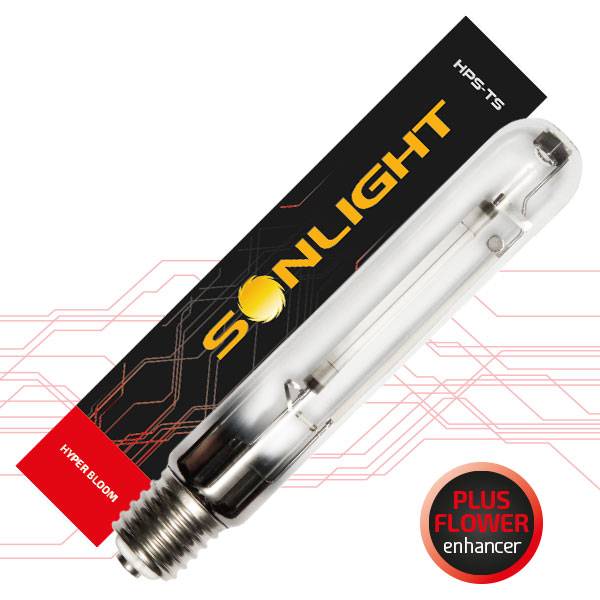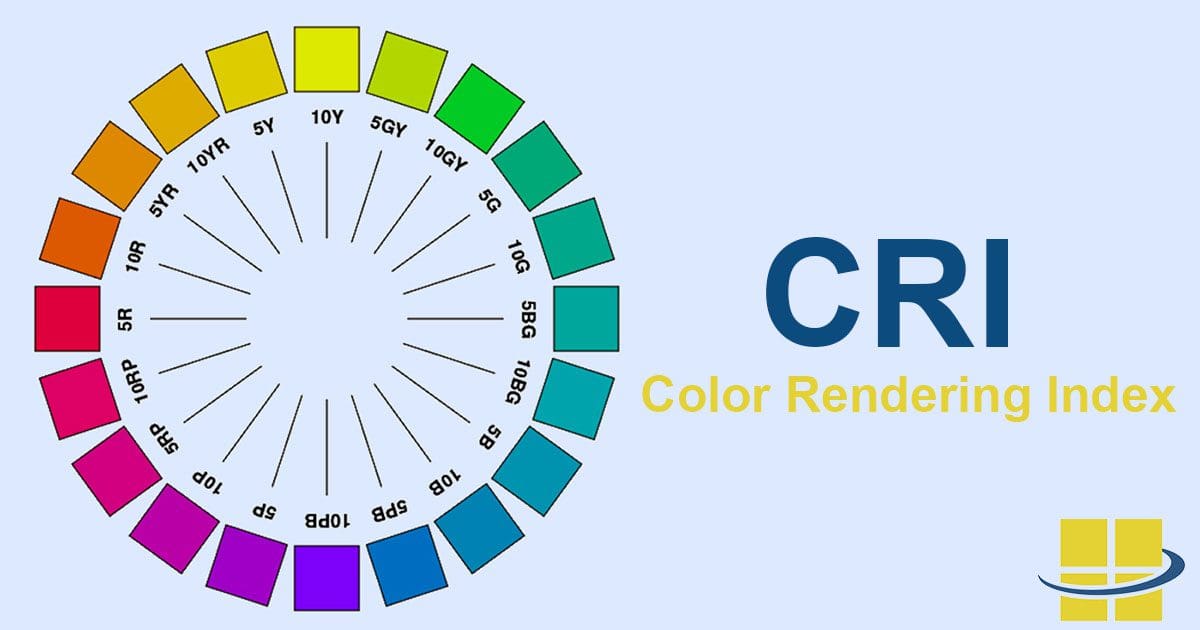end_of_the_tunnel
Well-Known Member
the study was very interesting to read, because it went in detail explaining some of the errors the scientists of the past had been doing. Some of the information actually confirms my point. I also think that some is maybe not so relevant. For example there were alot of studies cited that had been research on very small growing plants - so the penetration power of the light doesn't play a big role at all. Imagine you have a good penetrating lightsource where a fraction of photons are hitting the topsoil instead.
But if you grow cannabis in large bushes, that are 1.50m tall with strong lamps 1m away - these will saturate the topleaves fully. Once the reaction centers are under constant excitation you'll only add heat if you introduce more light. At that point I'm asking for the addition of green spectrum to not aggravate the top leave situation further and create heat stress, but deliver the photons instead to the middle. It won't be tremendously much but the Far Red should be there to increase its effect via this Em. effect. I'm pretty sure you all have seen these insanely elongated limbless hanging around bottom sidebranches - a plant forms these in response to shade avoidance = it has not enough light. It's a point separated from the spectrum, that also has its own set of photomorphogenic effects in store. Some of the studies were even ignorant of that, ie. 150 umol [!] - if topleaves aren't even fully saturated on small plants there's no point to call for more penetration power in the first place naturally.
So it may be really situationally beneficial to have an extra green option. Look for example at the Sylvania Grolux its spectral sheet looks just like 4 monopumps 380 440 660 730 (just to make an example) - wouldnt the 550 fit right in if you just keep in mind how well balanced the solar spectrum reaches as? maybe not for SOG 12/12fs but if you grow anything like 11l pots....
BTW much kudos for the links provided, I realize I have much too much FR in there. Since I got so many leftover diodes I could maybe use them to make some sidelighting in the veg tent.... and I could replace some FR with Green and put these at the same channel than royal blue / UV.
I like what you are asking regarding replacing FR with green. Is there an elephant in the room that does not seem to get much mention?
I accept the utility of FR.
We can use it to initiate a rapid transition to flower. But I can do that without FR. With FR we can use it to modify growth. There is a lot of talk in this thread about FR for end of day/flower initiation treatment. And so the focus seems to be on soley on R/FR ratios.
What about interaction between B/G ratios and R/Fr ratios?
What effect can the Blue / Green ratio have on Pr/Pfr?













